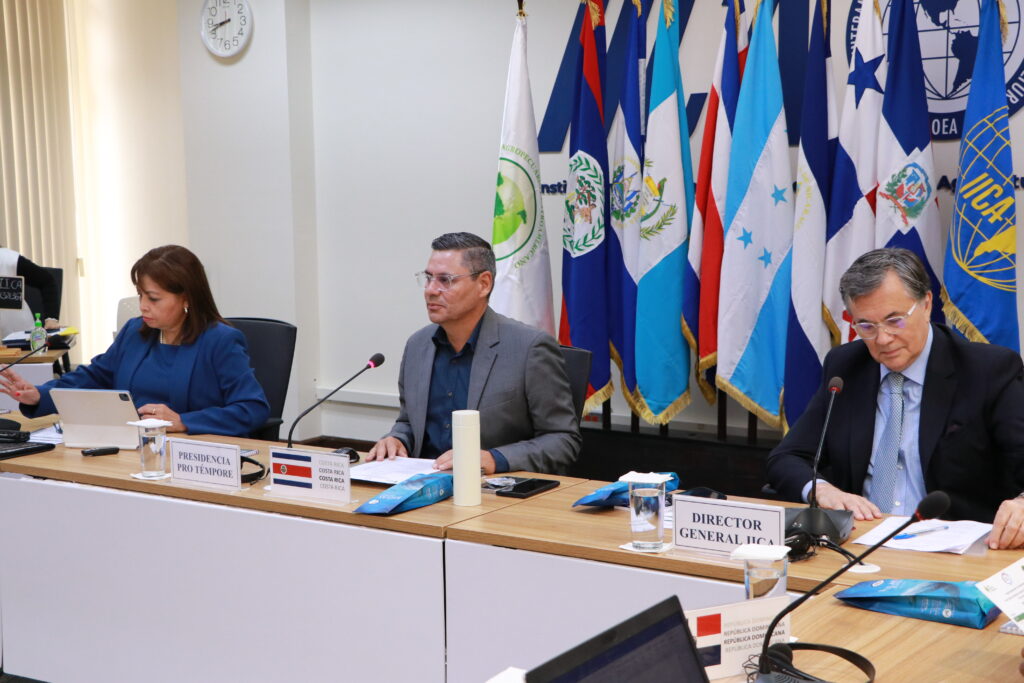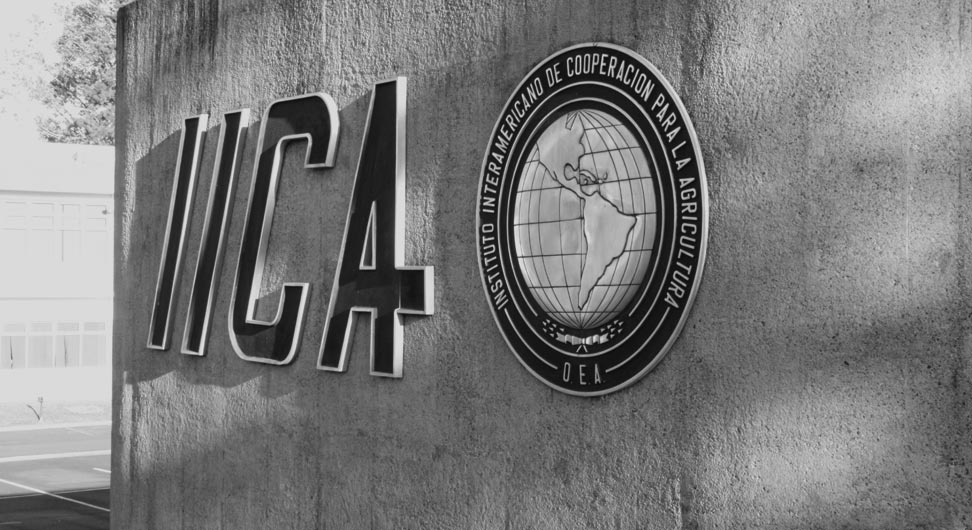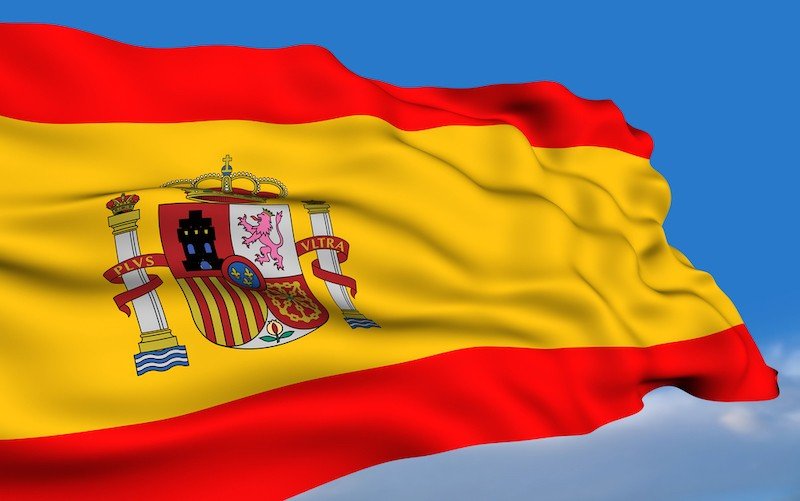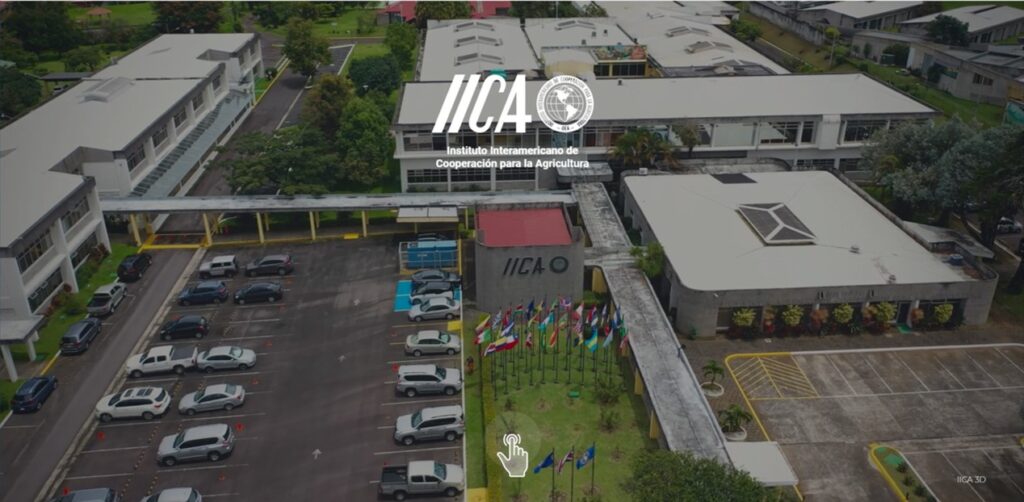La “pandemia” del banano devasta el cultivo en varios países. La cepa raza 4 tropical (R4T) del hongo Fusarium causa la plaga. Recomiendan un esfuerzo coordinado público-privado para generar conocimiento y construir capacidades para contener la enfermedad.
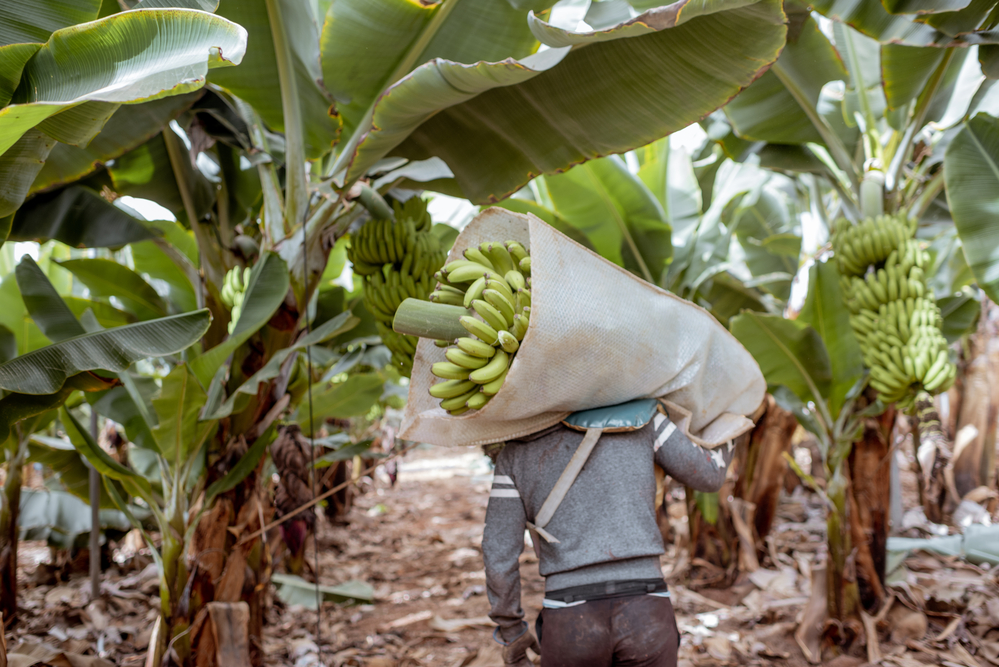
San José, 16 de febrero de 2021 (IICA). El banano, un cultivo clave para la seguridad alimentaria global y la subsistencia de millones de pequeños productores agrícolas, enfrenta su amenaza más grave en décadas: la cepa raza 4 tropical (R4T) del hongo Fusarium provoca una verdadera pandemia en las plantaciones y las está devastando en numerosos países.
La R4T, que causa una enfermedad que se propaga con gran facilidad, ya está presente en América Latina y el Caribe. No se le conoce cura, lo que hace imprescindible un esfuerzo coordinado de distintos actores de los sectores público y privado para generar conocimiento científico, construir capacidades entre los productores y contener la enfermedad, de manera de asegurar la continuidad de la producción de un cultivo que es alimento y fuente de ingresos para una parte significativa de la población, especialmente en países en vías de desarrollo.
Así lo afirmaron los científicos Gert Kema y Chelly Hresko, dos de los especialistas que más han investigado el tema en el mundo, en un conversatorio organizado por el Instituto Interamericano de Cooperación para la Agricultura (IICA).
“Puede resultar sorprendente enterarse lo importante que es el banano para mucha gente, especialmente para las personas vulnerables, cuya elección de comida es limitada. Representa hasta un 25% de las calorías que incorporan diariamente. Y es cultivado en 135 países, por lo que sostiene los ingresos de muchísimos pequeños productores”, dijo Hresko.
Hresko, responsable de Innovación en Investigación y Desarrollo para Enfermedades y Eficiencia Agrícola en la Organización de Biotecnología de Bayer, agregó: “La principal dificultad que enfrentamos es que no podemos contar con la magia de la química para deshacernos de esta enfermedad. Todo lo que podemos hacer, mientras desarrollamos conocimiento científico, es entrenar a los productores acerca de cuáles son las mejores formas de contención. Es un desafío muy complejo”.
Kema explicó que la cepa R4T del hongo Fusarium ataca la variedad de banana Cavendish, que hoy abarca aproximadamente el 50 por ciento de la producción global de banano, el 95 por ciento de los mercados de exportación y es la única que se comercializa masivamente en América Latina y el Caribe y en Occidente en general.
Esta variedad es dominante en los mercados globales desde hace unos 70 años, por su resistencia natural al llamado Fusarium raza 1, que había diezmado la producción de banana Gros Michel, la más extendida hasta entonces.
“La Cavendish fue una solución tan maravillosa durante los últimos 70 años, que prácticamente no ha habido investigación para entender qué es exactamente la enfermedad R4T y cómo se pueden proteger de ella a las plantaciones”, relató Kema, quien dirige el laboratorio de fitopatología –la ciencia que estudia las enfermedades de las plantas- de la Universidad de Wageningen, en los Países Bajos.
“Por eso, no es sorpresivo que, una vez que esta enfermedad salió a la luz, en poco tiempo se haya convertido en una amenaza para la producción entera. Ahora enfrentamos una situación que, de alguna manera, es una repetición de la historia sucedida con la variedad Gros Michel”, agregó.
El experto explicó que la enfermedad, hoy convertida en una amenaza global, fue detectada por primera vez en Jordania, pero se originó en el Sudeste Asiático, igual que el propio banano: “El R4T es una especie particular de Fusarium que comenzó en Indonesia, se diseminó por el resto del Sudeste Asiático y ahora se está moviendo hacia el oeste: India, Pakistán, el Medio Oriente, África y, más tarde, Colombia”.
La presencia de la enfermedad en Colombia –único país de América Latina y el Caribe hasta el momento- fue confirmada oficialmente en 2019 por el Instituto Colombiano Agropecuario (ICA), que la detectó en plantaciones del norte del país. No existe una respuesta certera en cuanto a cómo y por qué llegó hasta allí.
“Pudo haber sido también cualquier otro país de América Latina o el Caribe productor de bananos. Ha sido completamente azaroso”, dijo Kema.
El científico, que tiene 38 años de experiencia en el estudio de la patología de las plantas, explicó: “Sabemos que la enfermedad se transmite a través del suelo, pero no hay razones para concluir que con el transporte de los bananos se expande la contaminación. Entendemos que la principal razón de la diseminación es la gente que viaja y, en ese sentido, en el sector del banano hay muchos riesgos, porque los trabajadores suelen ir de un país a otro”, explicó Kema.
Es necesario, por ello, como medida precautoria, asegurar la higiene de quienes están cerca de los cultivos de bananos. “Si tú usas tus botas en una plantación de Filipinas –dijo Kema- y luego te las calzas nuevamente en Costa Rica, eso es muy peligroso. Si el suelo está contaminado, contamina tus zapatos, tu ropa, tus herramientas”.
El experto sugirió a los productores que reduzcan la presencia de visitas en sus plantaciones y recomendó que, si no tienen más alternativa que recibir visitantes, estos “lleguen limpios y se vayan limpios”, para que no se corra el riesgo de que traigan o lleven la enfermedad.
Chelly Hresko agregó que la primera enfermedad causada por el hongo Fusarium, en la primera mitad del siglo XX, que mató la variedad de bananos Gros Michel, se expandió a un ritmo mucho más lento, porque entonces la gente viajaba menos por el mundo.
En ese sentido, la pandemia de Covid-19, con las severas restricciones a los viajes que trajo aparejadas, es un factor que puede retrasar la diseminación del R4T.
Más información:
Gerencia de Comunicación Institucional del IICA.
comunicacion.institucional@iica.int
